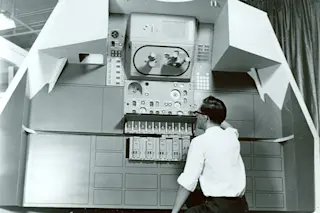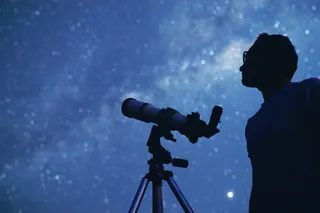Driving, say, to a friend’s house, we usually have directions to follow like “turn left at the light then it’s the third door on the right.” The same isn’t true when going to the Moon; there are no signposts guiding the way. So how exactly did Apollo astronauts know where they were going when they went to the Moon?
This one is tough. You can’t just launch a rocket towards the Moon and expect it to get there. There are gravity wells in space, and burns are rarely perfect so errors are part of the process. So how exactly did astronauts figure out where they were on the way to the Moon with enough precision to correct those errors and get where they were going?
For those of you who, like me, need to read things to really grasp it, here’s a more detailed look at what’s in that video.
...














